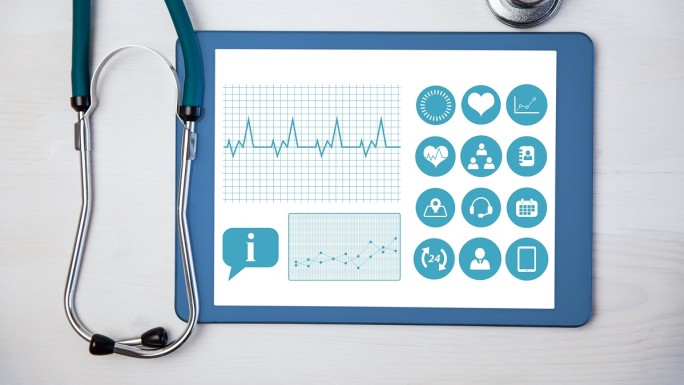Drug Information System: Guide to Find the Best Solution
With an abundance of options available, navigating the choices to find the optimal drug information system solution can be a tough task for healthcare administrators and IT teams. This guide aims to explore the process, providing a comprehensive roadmap to help healthcare providers make informed decisions when selecting a drug information system.
Drug information system development process
After deciding which features would fit the needs of healthcare organizations, it’s time to start the process of developing the drug information system. This phase requires lots of consideration to find the best solution for the drug information system development.
Step 1: Research
The more focussing organizations pour into this phase, the fewer unnecessary costs and late processes. Research would help healthcare organizations figure out exactly what their system needs. Organizations can start researching with questions, for example:
- Who are the main users of this system?
- What are the expectations of users?
- Are patients involved in using this system?
- What components should be included in the system?
- What benefits should the system provide to healthcare organizations?
- Custom or ready-to-use drug information system?

Step 2: Develop the drug information system
Development is the most important task of any system-building process. Make sure there is a good project management plan and detailed design of the system.
Check in with the developer team regularly to ensure the timeline execution.
Step 3: Testing and fixing
To prepare a smooth and easy system before officially launching it, testing is a necessary step for every system development. Testing can help eliminate errors and problems in the development process, decreasing the unpleasant user experience.
Step 4: Improvement
After launching the drug information system, the development process was not finished. Depending on the complexity of the system and feedback from users, developers will have to continue to adjust, change, and improve the system to meet users' and healthcare organizations’ expectations.
Example of drug information system in healthcare
Drug information system solutions are more and more popular in digital healthcare. One of Ominext’s clients, a big pharmaceutical company in Japan, expressed their need for a system that can update, control, and use their drug information consistently. This drug information system required portals for both patients and healthcare professionals to access and see comprehensive medication conditions. This and many other medication management systems have been launched and been used effectively by thousands of healthcare providers.
To find out more about this case, click here to find out more about this case study.
How much will a drug information system solution cost?
The cost of a drug information system solution can vary significantly depending on various factors, including the specific features and functionalities, the size and complexity of the healthcare organization, and the vendor providing the solution. Healthcare organizations can consider some of the below factors that can influence the cost of developing a drug information system.

The complexity of the system
The range of features and capabilities offered by the drug information system can greatly impact the cost. Basic systems may include drug databases and interaction checking, while more advanced solutions may incorporate artificial intelligence, personalized medicine features, and sophisticated decision support tools.
Platforms and users
Tailoring the drug information system to fit the unique workflows and requirements of a healthcare organization often involves additional costs. The extent of customization needed will depend on the organization's specific needs and processes.
Integration with other healthcare system
If the drug information system needs to be integrated with other healthcare systems such as Electronic Health Records (EHRs) or Pharmacy Information Systems, the complexity of the integration can affect costs.
Development resource options
The cost of a drug information system solution is mostly up to what development resource that healthcare providers are considering. Whether there are in-house developers or hired IT vendors, make sure the expectation of healthcare providers meets the potential and development abilities of the IT team.
The best drug information system is the one that is suitable for your business.
Ominext, with over a decade of experience in digital healthcare, provides tailored solutions to many healthcare providers in Japan, Southeast Asia, and Europe.
We can deliver the most fit solution for your healthcare provider’s drug information system. Contact us now!
Final words
Choosing the right drug information system is laying a solid foundation for efficient and patient-centric healthcare. As technology continues to evolve, so do the complexities of medication management. By embracing a comprehensive approach that values usability, security, and integration capabilities, healthcare providers can explore the journey to implement a drug information system. That path not only shows out the current needs but also positions them for success in the ever-evolving landscape of healthcare technology. The right drug information system is not just a digital system; it's an indispensable tool for healthcare providers to save healthcare resources and provide better service to patients.









